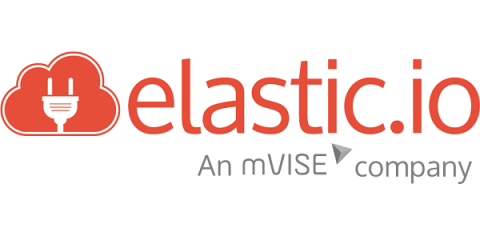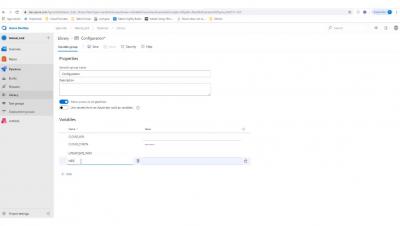Systems | Development | Analytics | API | Testing
%term
Configurable Ruby Modules: The Module Builder Pattern
In this post, we’ll explore how to create Ruby modules that are configurable by users of our code — a pattern that allows gem authors to add more flexibility to their libraries. Most Ruby developers are familiar with using modules to share behavior. After all, this is one of their main use cases, according to the documentation.
elastic.io, proud to support the Open Source Integration Technology
The Open Integration Hub (OIH), has reached a milestone this week as it concludes the two-year funding commitment from Germany’s Federal Ministry for Economic Affairs and Energy (BMWi). Just to remind you, OIH project was founded in 2017 to create a central open source integration platform offering a uniform and secure standard for automatic data synchronization across various applications.
Why dashboards need to be created for action not decisions
There's a strong perception that numbers will simply drive action but they don't. Look at most dashboards and they’re designed to tell you about your data but they don’t prompt you to do anything with it. That’s the missing piece in dashboard design.
Top 20 Websites For Online Automation Testing Courses and Certifications
Certifications, typically, are proof of the enhanced prowess in the stream for which the course has been taken. Certifications and Courses help validate as well as enhance our technical capability in a specific vertical. There are hundreds of tools through which the automation code can be written in different programming languages. A lot of these tools also need a fair amount of time to be invested in learning courses and doing certifications.
Kuma 0.3 Released with Traffic Routing!
Today, we’re thrilled to release Kuma 0.3, our open source control plane with brand new traffic routing capabilities. Kuma’s new L4 traffic routing rules allow you to easily implement blue/green deployments and canary releases. In summary, Kuma will now alleviate the stress of deploying new versions and/or features into your service mesh. Let’s take a glimpse at how to achieve it in our sample application: This sample application has three versions of the backend API.
How Databricks with AWS and Stitch Data Loader can help deliver sales and marketing analytics
Sales and marketing analytics is one of the most high-profile focus areas for organizations today, and for good reason – it’s the place to look to boost revenues.
The Role of Data Operations During Cloud Migrations
Over the last few years, there has been a mad rush within enterprise organizations to move big data workloads to the cloud. On the surface, it would seem that it’s a bit of a keeping up with the Joneses syndrome with organizations moving big data workloads to the cloud simply because they can.











